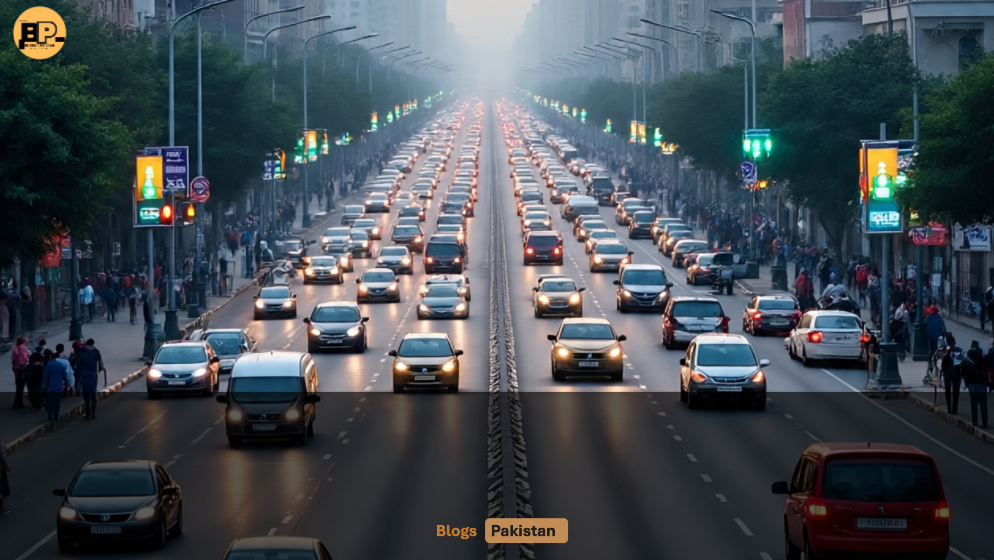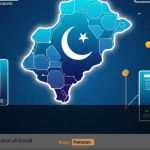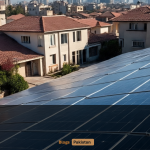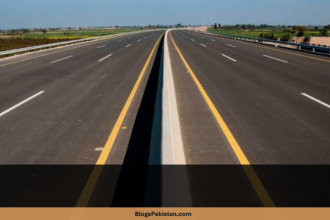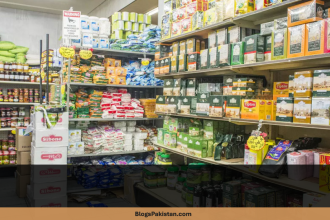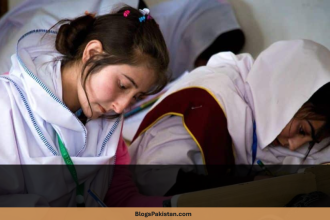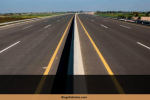Karachi, the city of lights, biryani, and never-ending traffic jams, is finally taking a breather — but at the cost of its most iconic vehicle: the rickshaw.
Yes, you read that right. Rickshaws — the three-wheeled warriors that zip through traffic like caffeinated mosquitoes — have officially been banned from 20 major roads in Karachi for two whole months, starting June 16 and ending August 15, 2025.
Whether you’re a daily commuter, a frustrated driver, or a rickshaw-lover who’s emotionally attached to the phrase “bhai left lena hai,” this decision is shaking things up. So let’s break down what this means for you, why it’s happening, and how the average Karachiite is reacting (spoiler: some drama involved).
Why Ban Rickshaws? The City’s Got 99 Problems, and Traffic is #1
Rickshaws in Karachi are like daal in a desi kitchen — everywhere. They’re small, nimble, loud, and sometimes a bit unpredictable. They sneak between buses, flirt with sidewalks, and often turn two-lane roads into five-lane adventures.
The Commissioner of Karachi Division, Syed Hassan Naqvi, clearly had enough. His solution? Put a temporary ban on smaller rickshaws (both the traditional 1+2 and 1+4 Qingqi-style ones) on 20 of the most congested roads in Karachi.
According to the notification, this move is intended to reduce traffic congestion and improve road safety during peak hours. Basically, it’s Karachi’s version of a digital detox — but for its roads.
The 20 “No-Rickshaw Zones” You Should Know
Here’s the list of roads where your rickshaw dreams will hit a dead end — at least until August 15:
- Shahrah-e-Faisal (Avari to Madam Apartment)
- I.I. Chundrigar Road (Tower to Shaheen Complex)
- Shahrah-e-Quaideen (Numaish to Nursery)
- New Shahrah-e-Faisal (Metric Board to Nagan Chowrangi)
- Shaheed-e-Millat Road (Jam Chowrangi to Expressway)
- Abdullah Haroon to 2 Talwar via Hoshang and Khayaban-e-Iqbal
- 2 Talwar to Abdullah Shah Ghazi Shrine
- Stadium Road (Millennium Mall to New Town PS)
- Sir Shah Suleman Road (Hassan Square to Karsaz)
- Rashid Minhas Road (Drigh Road to Sohrab Goth)
- Mauripur Road (Gubiat to ICI Bridge)
- Shahrah-e-Pakistan (Sohrab Goth to Liaquatabad No. 10)
- Hub River Road (Paracha Chowk to Saeedabad Training Center)
- Quaidabad to Landhi 89
- University Road (Safoora to Jail Chowrangi)
- Korangi Road (FTC to Qayyumabad)
- Korangi Road (Qayyumabad to Korangi Crossing)
- Orangi Road (Raees Amrohi Colony to Board Office)
- Super Highway to Malir Halt (via Check Post No. 5)
- Surjani (Abdullah Chowk) to Sohrab Goth (via Nagan Chowrangi)
If your daily commute involves any of these, say goodbye (for now) to that thrilling three-wheeled ride.
What Happens if You Break the Ban?
You’d better not try your luck. The police have been told to strictly enforce the ban under Section 188 of the Pakistan Penal Code. In simpler terms: if you try to sneak in with a rickshaw, expect a fine — or worse, your rickshaw might be impounded. So unless you’re auditioning for Fast & Furious: Karachi Drift, follow the rules.
But… What About the Commuters?
Now here’s where things get spicy. A massive chunk of Karachi’s working-class population depends on rickshaws. They’re cheap, fast (sort of), and available on every corner. With the ban, commuters are scrambling for alternatives like:
- Buses (if you can catch one that isn’t bursting at the seams)
- Ride-hailing apps (hello surge pricing!)
- Carpooling (basically Uber, but with aunties)
- Walking (not an option in Karachi’s summer unless you want a heatstroke)
Rickshaw drivers, understandably, aren’t thrilled either. Some are saying their livelihoods are at risk, while others argue that the real traffic villains are actually the VIP convoys, water tankers, and rogue buses.
Is It Working? Early Reactions Are…Mixed
A few days into the ban, traffic has slightly improved on certain routes — particularly Shahrah-e-Faisal and Rashid Minhas Road. But critics argue that banning rickshaws is like putting a band-aid on a broken bone.
Traffic experts suggest the real solution lies in better public transport infrastructure, not temporary bans. In other words, how about we get those mass transit projects moving instead of blaming the poor rickshaw?
What Should You Do Now?
If you’re a commuter:
- Plan ahead. Use maps to reroute.
- Try using buses or ride-sharing apps (or a friend with a car — you know who).
- Be patient and stay hydrated. Karachi summers aren’t forgiving.
If you’re a rickshaw driver:
- Stick to allowed areas — there are still tons of streets open.
- Talk to unions and stay informed about your rights.
- Maybe consider alternate income options for the ban period (bike delivery, carpool services, etc.)
Will Rickshaws Return?
As of now, the ban is only for two months. But if it’s deemed successful in reducing chaos, there’s a possibility it could be extended or repeated.
Let’s hope this isn’t the end of the rickshaw era in Karachi — because honestly, what’s Karachi without the rhythmic rattle of a rickshaw speeding through traffic with a horn louder than your inner voice?
Conclusion: Rickshaw Ban — Necessary Evil or Overreaction?
Whether you’re cheering the decision or cursing it, one thing is clear: Karachi is trying something different to untangle its legendary traffic mess. Only time will tell if it’s a smart move or just another chapter in our endless road rage saga.
Until then, enjoy the silence on Shahrah-e-Faisal — and pray your Careem driver doesn’t cancel last minute.

